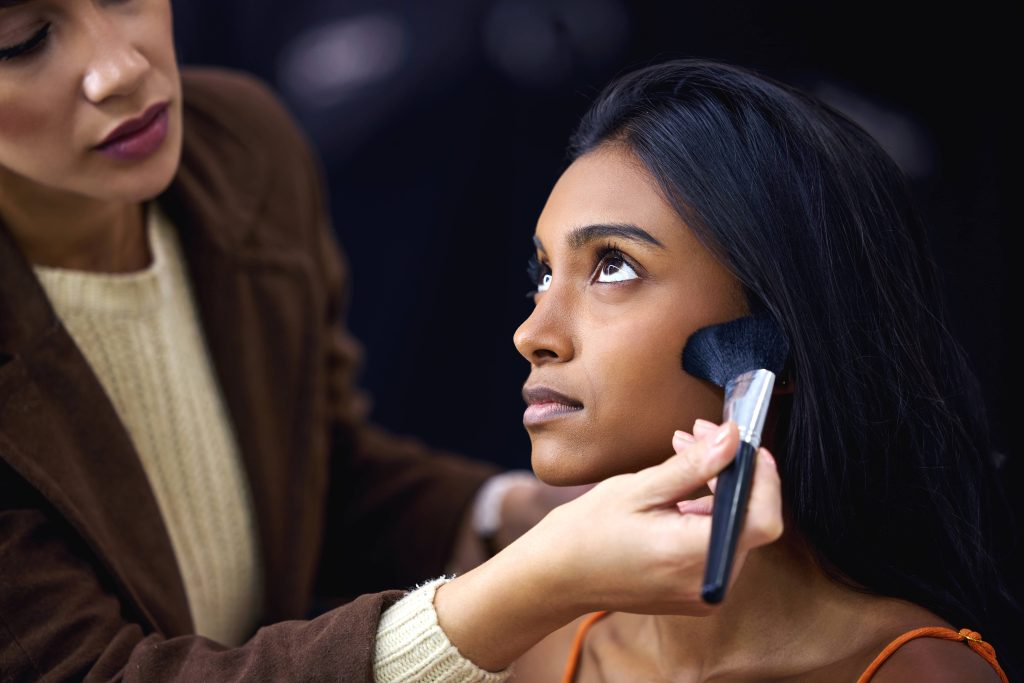
Discover the Top Five Korean Skincare Trends to Explore Now
In the world of skincare, trends come and go like the tides. However, there’s one country that continually sets the bar and redefines beauty standards: South Korea. Korean skincare has been a hot topic for years, known for innovative products and a holistic approach that emphasizes both health and beauty. The Korean beauty industry doesn’t just follow trends; it creates them. Brace yourselves, beauty enthusiasts, as we venture into the top five Korean skincare trends that are making waves in 2023.
1. Hanbang Beauty: The Art of Herbal Skincare
Hanbang, or traditional Korean medicine, is rooted in centuries-old practices. It’s making a strong comeback, merging ancient wisdom with modern skincare technology. This trend focuses on herbal ingredients that have been used for generations, primarily ginseng, licorice root, green tea, and mugwort.
These ingredients are known for their anti-inflammatory and antioxidant properties. Ginseng is a powerful anti-aging ingredient that improves circulation and revitalizes the skin. Licorice root, famous for its skin-brightening abilities, works wonders on hyperpigmentation. Mugwort soothes sensitive skin and treats acne, while green tea provides rich antioxidant protection.
Brands are now creating potent formulations that harness these ingredients, drawing people towards cleaner, more organic beauty practices. The integration of Hanbang in skincare routines marks a return to cultural roots while maintaining a focus on gentle efficacy.
2. Clean Beauty: The Evolution of Skincare Simplicity
Clean beauty emphasizes transparency, sustainability, and safety, embodying a skincare approach free from harmful chemicals and unnecessary additives. This movement prioritizes eco-conscious packaging and organic sourcing, aligning with a greater movement towards environmental responsibility in beauty.
Korean brands are at the forefront, offering minimalistic formulations without compromising on effectiveness. Products featuring short ingredient lists help minimize potential irritants, making clean beauty appealing to those with sensitive skin.
The clean beauty trend encourages informed choices, allowing consumers to delve deeper into understanding what goes into their skincare and its impact on both the skin and the planet. It’s about creating a healthy skin barrier and improving overall skin health rather than focusing solely on surface-level results.
3. Skinimalism: The Less is More Approach
In the past few years, the Korean 10-step skincare routine dominated beauty conversations. However, the rise of skinimalism suggests a shift towards simplicity and effectiveness. Skinimalism encourages a focused routine with only necessary products, tailored to meet individual skin needs.
This trend empowers individuals to embrace their natural beauty, promoting health over perfection. It’s about using fewer products but ensuring they are multifunctional and hold quality ingredients. Skinimalism saves time, reduces stress on the skin, and often leads to more sustainable habits by reducing excessive consumption.
Embrace this trend by investing in high-quality core products like a gentle cleanser, a nourishing moisturizer, and a broad-spectrum SPF. Of course, don’t shy away from treating specific concerns with targeted serums or masks, but keep the mantra simple and effective.
4. Waterless Beauty: The Concentrated Revolution
Waterless beauty isn’t just a trend—it’s an innovative response to environmental sustainability and product longevity. Korean brands are leading this charge by developing products without water as a primary filler, resulting in concentrated formulations that provide a higher ratio of active ingredients.
Waterless products often have a longer shelf life and are concentrated, meaning you need less product to achieve desired outcomes. Popular waterless options include oil cleansers, balms, solid serums, and powder cleansers.
This trend is not only about efficiency and sustainability but also about creating an opportunity for innovation in ingredient formulation. The result? Powerful, effective products that stand the test of time and climate, encouraging us to rethink traditional beauty staples.
5. Microbiome Skincare: Balancing the Skin’s Ecosystem
Modern science meets skincare with the growing interest in the skin’s microbiome—an ecosystem of microorganisms that resides on our skin, vital for maintaining its health and defense functions. A balanced microbiome is crucial for healthy skin, preventing concerns like acne, sensitivity, and premature aging.
Korean skincare brands are pioneering this space, focusing on formulations that support and protect the skin’s natural flora. Ingredients like prebiotics, probiotics, and postbiotics are increasingly used in products to nurture this delicate balance.
Using microbiome-friendly skincare promotes a healthy skin environment, allowing natural resilience and radiance to shine. Overcoming the common misconception that bacteria are inherently bad, this trend educates and empowers individuals to harness the power of science for more balanced and naturally beautiful skin.
—
Conclusion
Korean skincare continues to influence global beauty conversations, propelling the industry towards advanced, sustainable, and personalized care. Each of these trends shares a common thread, demonstrating a shift towards mindful beauty practices that respect and enhance our natural attributes.
Whether it’s embracing age-old traditions with Hanbang, committing to clean and minimalistic routines, exploring innovative waterless solutions, or supporting the skin’s natural ecosystem with microbiome treatments, there’s something for everyone in this evolving landscape. Dive into these trends, explore what resonates with your skin’s needs, and discover the transformative power of Korean skincare today.



